Online Courses
E-Learning Gamification - Our Guide For 2025
These e-learning gamification examples, strategies & tips will help make your online course a success.
Author
Mighty Team
Last Updated
February 6, 2025
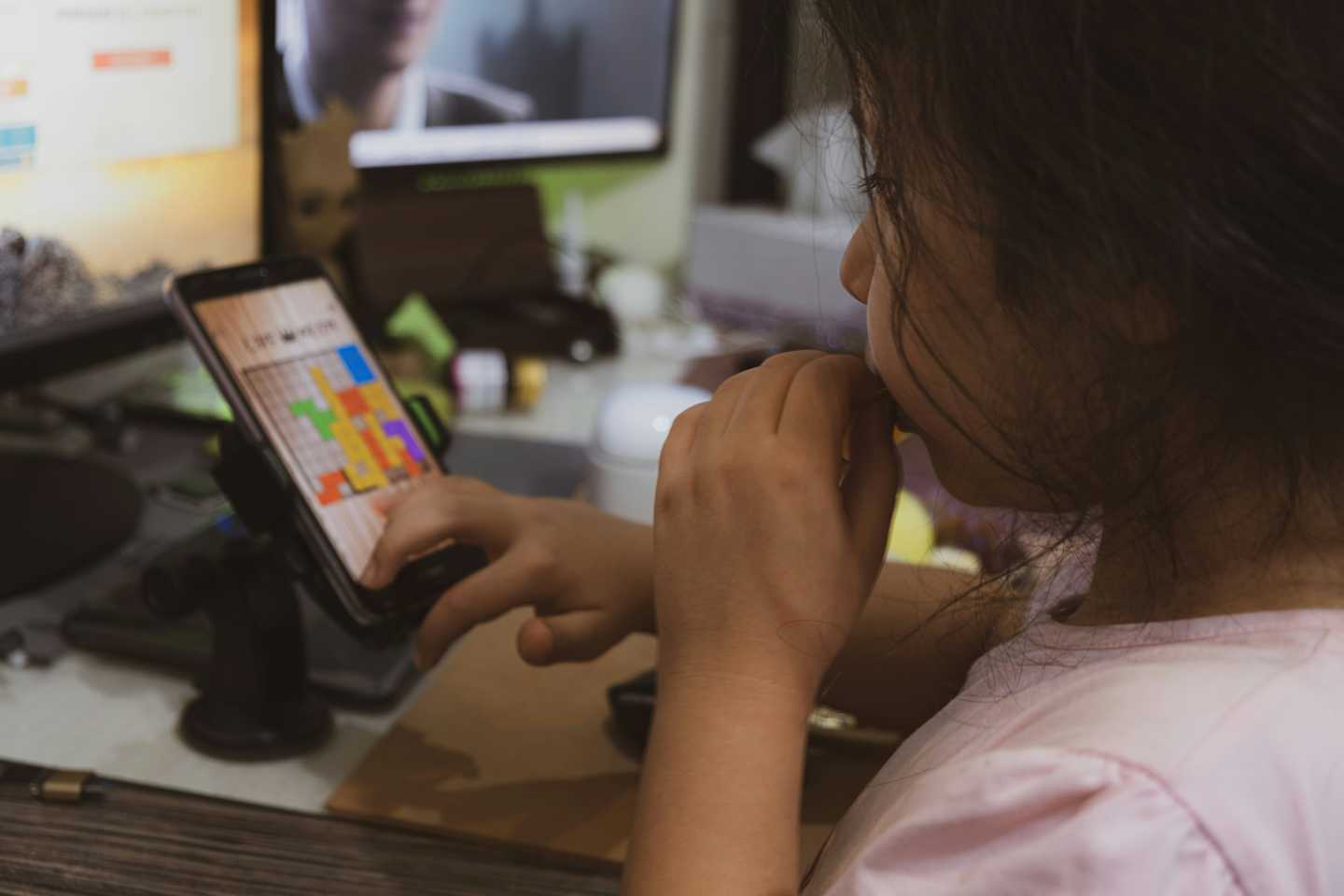
Gamification is a riveting process that combines the joy of reward with the fun of games. If you’ve ever wanted to find new ways to engage your learners, gamification offers reward for them and for you. 87% of retailers in North America are using or planning to use gamification to reach customers. And the gamification industry is projected to be worth $62 billion by 2030.
By turning everyday activities into games, you can create new connections that support learning and longer retention.
In this article, we’ll cover:
What e-learning gamification is
Theories and models of gamification
Techniques for gamifying your e-learning course
How to be successful with e-learning gamification

What is e-learning gamification?
Gamification uses game-like features, things like narratives, levels, and achievements, in non-game contexts. For e-learning, this means using different components of gaming in a virtual environment; basically, e-learning gamification uses games to support learning. Research shows that engaging your learners with games and activities helps them learn better, retain more, and enjoy the process of learning.
We’ll get more into this below.
Just as there are a ton of games out there, there are a ton of different ways you can gamify e-learning–which means the sky is the limit! All it takes is some imagination, creativity, and direct ties to your material.
Benefits of e-learning gamification
Here are some of the benefits to e-learning gamification.
Learners are more motivated
A 2020 study found that gamification helped students feel more motivated than traditional learning methods. One of the reasons for this is that gamification can help learners feel more ownership over their own learning–improving self-efficacy and drive.
But group participation can also boost motivation–especially where learners are on a team. For example, many learners love cooperative gamification, also known as “cooperative interactions.” These could be things like shared quests or collaborative challenges that let learners work together to get a feel for what success looks like, working with other learners to model behavior.
Which is better for motivation–group learning or individual learning? Well, research shows it depends on learner preferences. So make sure you ask your learners!

Learners participate more
Gamification can increase participation in your course. A 2017 study showed that gamification boosts students’ behavioral, emotional, and cognitive engagement and makes learning material more engaging. Students responded way better to online discussions that had badges, thumbs-ups, avatars or member profiles, and progress bars.
Learners learn more
Engagement is great, but what about retention? Do students actually remember anything from gamified e-learning? Research suggests that–yes–it boosts retention too!
To put it simply, gamification in your course helps your students learn more. A 2023 study found having things like prompt feedback, earning points, and learners being able to see their progress increased learning outcomes–leading to higher retention.
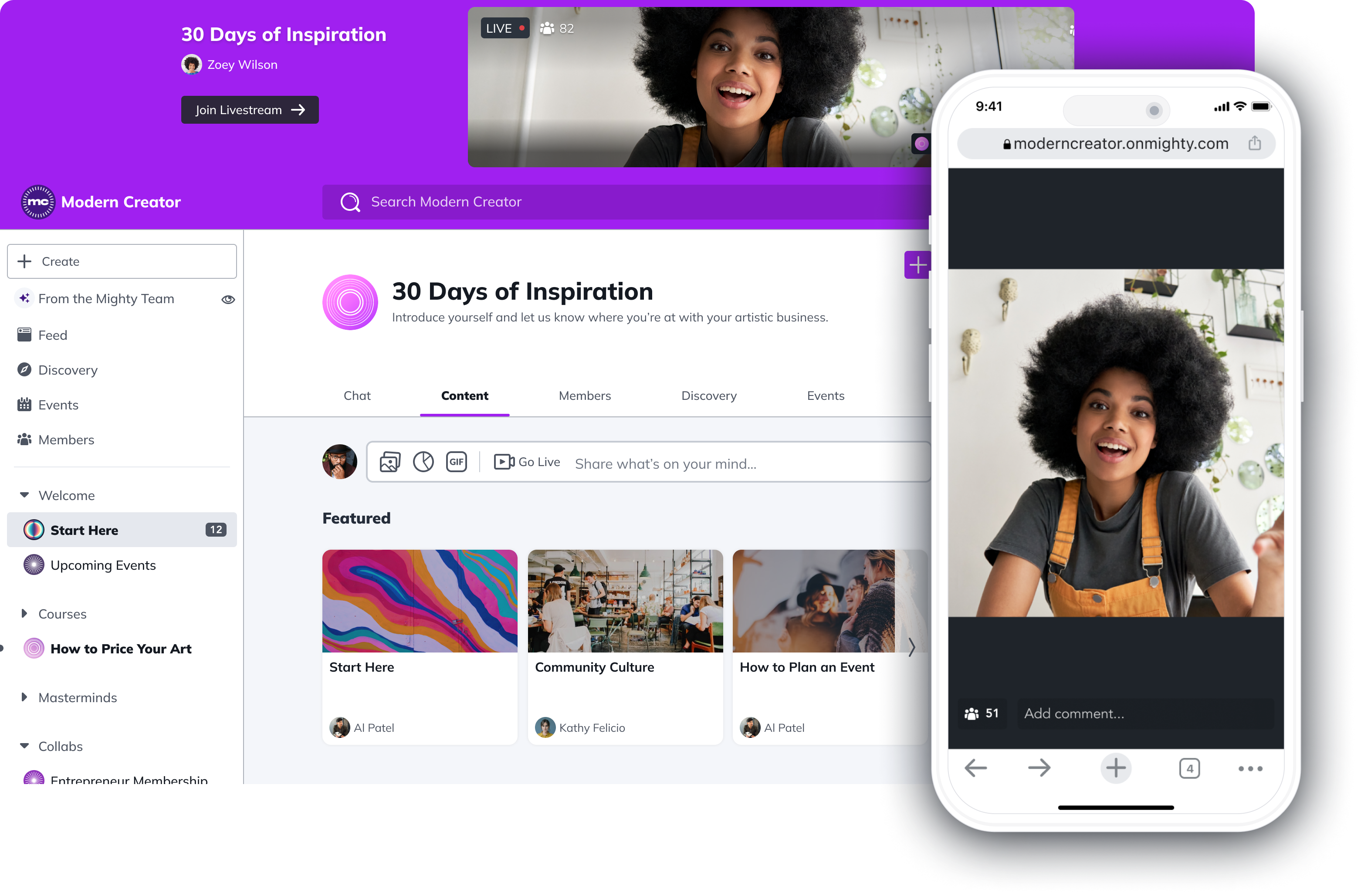
Elements of e-learning gamification
E-learning gamification supports your learners by adding the following pieces to your course:
Experiential learning
Experiential learning means learning through experience. Pretty simple right? When you give learners an opportunity to directly experience what they’re learning, like practicing equations or tying theories to activities, you create a more solid foundation for them to learn from. Gamifying e-learning is experiential because it gets learners directly involved with the material by engaging in activities related to it.
For example, Google Expeditionsis a virtual field trip platform that lets teachers bring students along for some pretty amazing virtual experiences. With a VR headset, students can virtually tour a museum, witness history, or perform science experiments.

Inquiry based learning
Gamifying your e-learning course creates opportunities for your learners to get curious. When learners are able to ask more and deeper questions around their courses, they begin a process of learning more deeply.
Inquiry-based learning lets learners lead their own discovery. For example, a walk around a virtual museum might include an instruction like “find a piece that speaks to you and tell us why.” This is open-ended and learner-driven, and lets students find what they’re interested in.
Inquiry-based learning can be built into your course design–which we’ll get to below.
Self-efficacy
Self-efficacy is your belief in your capabilities to do or achieve something. Gamifying e-learning builds self-efficacy by giving learners a chance to try, learn, and grow. Actively. The more you continue the process, the more capacity for self-efficacy your learners will build.
For example, allowing students to customize their learning paths is a way of boosting self-efficacy. Many online learning platforms let students build their own journeys, choosing from the courses that best fit them.

Clear and precisely described goals
It’s hard to play a game if you don’t know the rules. When you are gamifying your e-learning course, you need clear, consistent rules for how learners engage the material, or, effectively, play the game connected to their learning.
For example, Prodigy is a math game for kids. It lets kids immerse in an RPG, challenging other players with math questions and moving up levels and earning in-game currency. Everyone knows the rules and goals, which makes gameplay work.
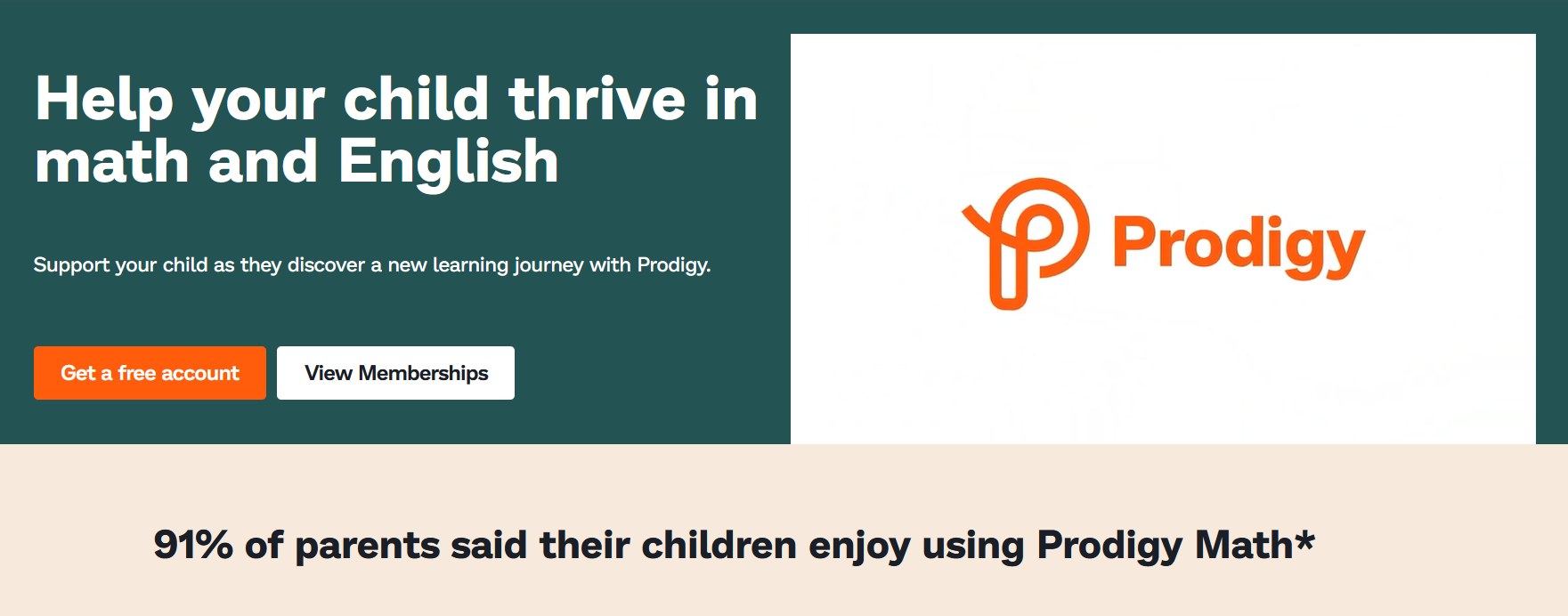
Cooperation
Teamwork truly makes the dream work. You can build cooperation into your gamified e-learning structure easily. Making gamified e-learning cooperative also supports learners and enhances their learning and retention. As we said above, whether cooperative or competitive games are best will depend on your learners.
For example, the Minecraft education version has a classroom game where students build and explore virtual worlds together–and face competition together.

While Minecraft is for kids, cooperative games can work for adults too. Imagine a corporate training course that’s a virtual escape room for IT security specialists, or even just a points and level-based system for adult learning. These can work if done right, and collaboration boosts accountability and interactivity.
Continuous feedback
Gamified e-learning includes an active process that constantly lets learners know how they’re doing. Through regular feedback, learners can adapt and respond as they engage, leading to deeper and more involved learning.
Think about the Duolingo Owl. It’s synonymous with language learning, and it’s the friendly character that gives you feedback on your learning–whether it’s telling you to keep going or asking you to repeat mistakes. Even if the feedback itself isn’t gamified in your e-learning course, it needs to happen.
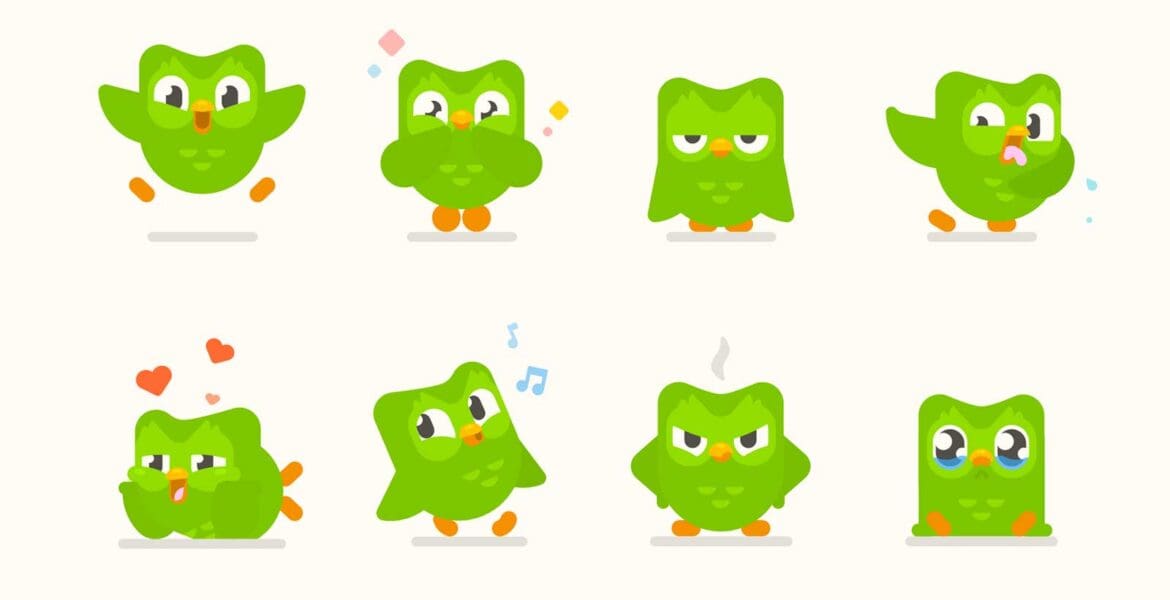
Examples of e-learning gamification
To get you thinking about how e-learning gamification can look, here are some examples:
Mavis Beacon: One of the earliest e-learning games, Mavis Beacon taught users to type as they raced along a race course.
Duolingo: Duolingo has mastered e-learning gamification, turning language learning into a fun, virtual journey. From challenges to rewards to leaderboards, Duolingo has created the standard for language gamification.
MathBingo: It’s a popular math-learning app that helps learners learn math.
Nike Run Club: A brand community that brings runners together to track stats, keep each other encouraged and accountable, and share progress. Gamifies the experience of learning to be a runner.
Trailhead by Salesforce: An interactive e-learning game to teach people how to use Salesforce.
LinkedIn Learning: Gamifies courses with completion badges and product tracking, plus adding the badges to your profile.
Mighty Networks: Create custom badges to add to course spaces and award members for contributions or excellence.
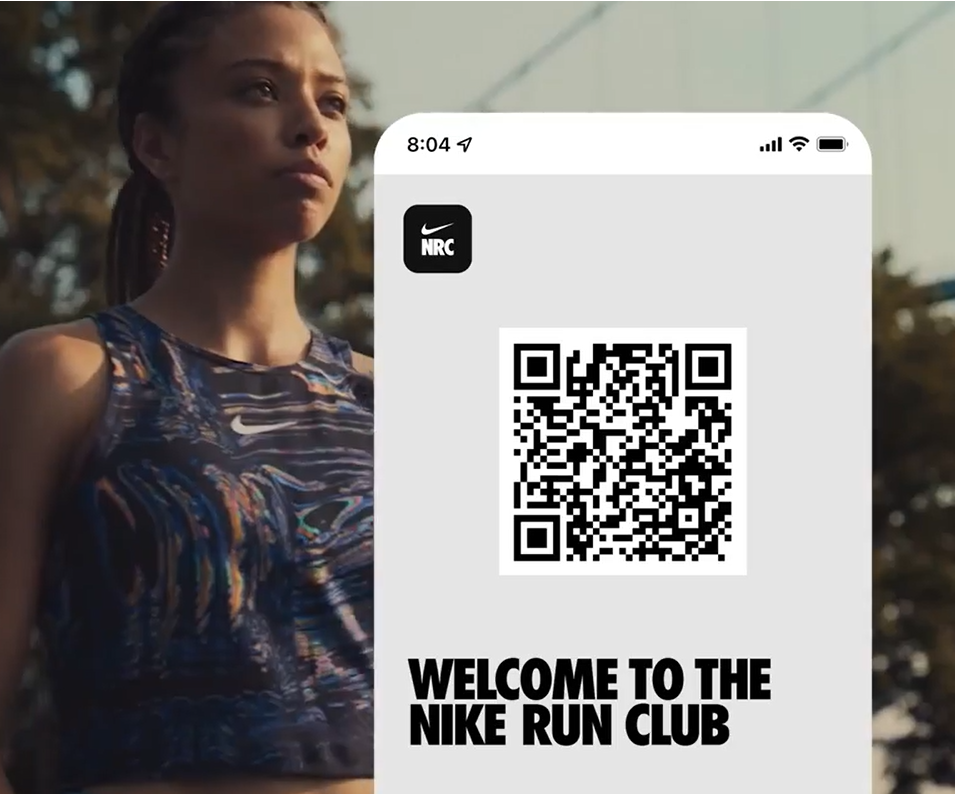
What gamified e-learning is not
The word gamification has been applied to a lot of things, but it’s important to set parameters around what gamified e-learning actually is. True gamification requires goals, clear mechanics for learners, and appropriate rewards.
While games themselves are enjoyable, just adding a game component doesn’t make for a gamified e-learning course.
Here are the things you need for your e-learning to be TRULY gamified.
Gamification needs to include learners getting performance feedback.
Gamification must connect to course goals.
Gamified methods must connect to the course material.
Learners need some sort of reward for participation.
Understanding these parameters helps you to focus on what is actually e-learning gamification. And it helps you avoid distractions.
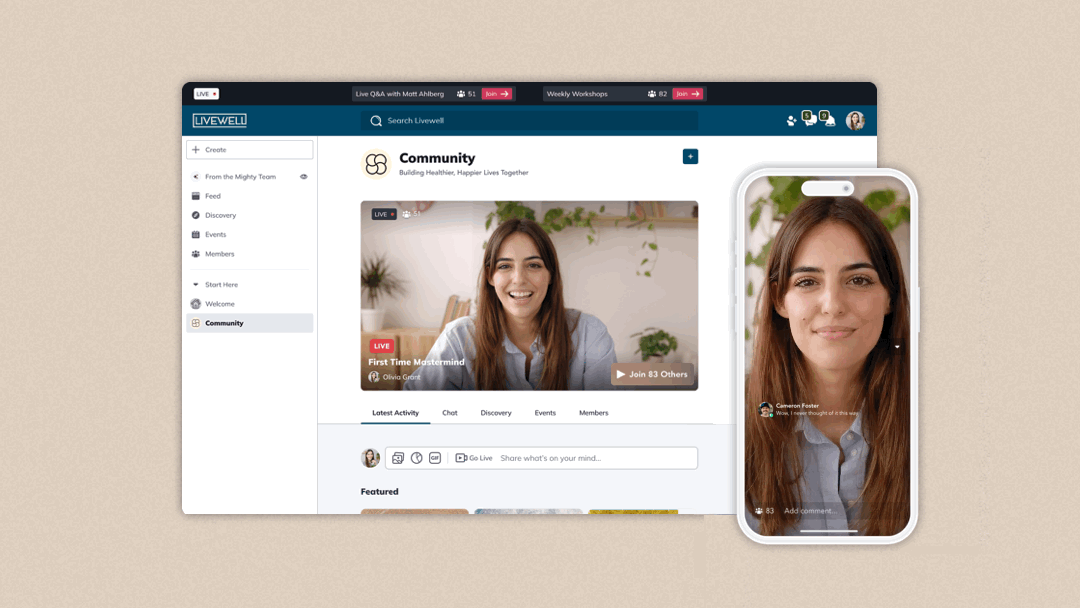
Approaches to gamification(?)
While games have been around for a very long time, gamification as a practice is relatively new. The theory around gamification is just developing. But here are some helpful ways to think about it based on 2011 research that shows a helpful model to describe gamification. This model has three parts.
1. Mechanics
Essentially, the mechanics are what learners ‘do’ when you are gamifying your e-learning course. These are the rules of the game–how learners play and what they earn. For example, if a fitness app uses a leaderboard for a personal fitness program, it needs to be clear how points are earned and they should be applied consistently.
2. Dynamics
Dynamics are the actual behaviors and interactions learners exhibit in gamified course content. Dynamics are the things that change in e-learning. The rules of the game (mechanics) are fixed. But the actual dynamics, the learners’ experiences, are always changing. For example, if an e-learning course has customized learning journeys, the rules are the same for each user. But no two users will have the same experience of the game. They will each have different journeys. Or, if members are working together in a collaborative learning community, the individual inputs will change each learning experience.

3. Aesthetics
The look and feel of gamified content matters! Paying attention to aesthetics helps make your content meaningful. By adding fun and lightness to gamified material, you create new ways for learners to connect with you and your course. The designers of the typing game Mavis Beacon incorporated typing with an immersive race car dashboard–the car went faster the faster you typed. This made it way more engaging than a simple typing test. Duolingo uses a cartoon owl and lots of funny animations to make learning more engaging.
Mechanics, dynamics, and aesthetics are all important when you are gamifying your e-learning course. As you use specific strategies for gamification, like leaderboards or ‘leveling up’, keep these elements in mind. No matter your specific technique.
8 techniques for e-learning gamification
1. Use a leaderboard
Leaderboards work with an important element of gamification: tracking progress. By sharing this information with your learners, you help them see in real-time how they are doing.
A 2021 study showed that using different types of leaderboards can keep learners engaged and competitive. There are two types of gamification leaderboards:
Macro leaderboards: Are connected to general content and overall progress.
Micro leaderboards: Show performance in more specific areas or sub-groups of the course.
When using leaderboards, give your learners guidance on what to do and how they are being measured. The cool thing about leaderboards is that you can also create micro leaderboards for non-learning activities. By doing so, you give learners multiple ways to show progress and build their motivation for engaging in specific course material.
For inspiration on how to use leaderboards, go look at Salesforce’s Trailhead Leaderboard. It shows the Trailblazers who are killing it with Salesforce’s program.

2. Create contests
Contests are opportunities for healthy competition and cooperation. You can have your students team up or work solo to achieve contest objectives. Contests incentivize learners to engage with your material in an effort to win a meaningful prize.
You could even build cooperation into a contest, encouraging members to assist others in order to win. For instance, set up a kudos system where learners can indicate who has assisted them in achieving your objectives.
For example, the platform HackerRank is dedicated to teaching developers new coding skills. They use different competitions and contests like the DTCC Code-A-Thon, which pits developers from around the world against each other to solve coding questions and win prizes.
3. Create a reward system
A rewards system is a common feature of gamification. Offering rewards increases engagement by giving a nice response to learner behavior. Rewards let learners know they have successfully completed a task or activity.
For instance, if you have supplemental material for learners to explore, set up rewards around engagement with the material.
4. Create a points system
Points systems are another method for learners to keep track of their progress. This direct information lets them know exactly how they’re doing. As a result, you encourage learners to maintain and increase their engagement with your content.
For example, Duolingo offers different points and gems for regular use, daily log-ons, or “streaks”.
5. Help your learners ‘level up’
A level system in your gamification helps students demonstrate what they know. Here, proficiency and mastery are the name of the game. Proficiency is a learner’s ability to show they understand a concept. Mastery is a learner’s ability to show deeper knowledge of the concept.
Think of it like knowing 2+2=4 (proficiency) and knowing that two apples with two oranges are four fruits (mastery). Leveling up, then, is a learner showing increased understanding of concepts, leading to them applying those concepts in other contexts.
6. Create a badge system
Badges let learners show off their skills to their peers. When learners accomplish significant tasks, like creating discussion posts or engaging in discussions, giving them a badge does more than offer recognition. Badges also work as reminders of students’ progress, incorporating the necessary feedback for gamification to be successful.
Creating badges is one of the most essential rewards systems for e-learning. For example, in a Mighty Network you can create custom badges and bulk award them to members based on accomplishments.
7. Let your learners design games!
Putting learning in the hands of your learners is an effective strategy for any course. By giving your learners the reins to develop games to assist in your learning, you enhance their autonomy and motivation within your course. Learners developing gamified e-learning themselves allows them to set up rules within their own context. They can then create helpful ways to participate that speak to what is meaningful for them.
Take this strategy a step further and have learners test their methods on each other. Learners can figure out how to apply learning goals to their games. They can also learn from their peers and the gamification strategies they use. Not only do you strengthen their connection to material by turning them into teachers. You also help them practice translating the material into a gamified process.
Platforms like Roblox and Minecraft aren’t built for e-learning, but they’re really good illustrations of giving design to learners. The builders can create the worlds and then build challenges within them. But even if you’re not building something as complex as Roblox, find ways to empower your learners.
8. Combine gamification strategies
You definitely don’t have to stick to one method to gamify your e-learning course. Figure out which methods best work for you, for your course, and most importantly your learners. Layering methods, or using different strategies through your course, keeps things fresh for your students. When you create consistent and distinct gamification methods, you are more likely to keep your students engaged.
Maybe your points system helps to inform your leaderboard, or you use rewards as part of ‘leveling up’ your learners. You can combine strategies that tap into your learners’ motivation. You also give them multiple forms of feedback that encourage participation in your course.
Tips for making e-learning gamification successful
To make your e-learning gamification an enjoyable and helpful process, consider these tips:
- Make sure learners understand the software
Research suggests that one of the most important steps in designing e-learning gamification is to make sure learners understand how to use your course software and play the games you’ve set up. If it’s not clear, this is all for nothing. Resist the temptation of over-gamification, and get clear on how to build effective, understandable games anyone can access.
Check in with your learners to make sure they understand what systems or software you use. When you do this, you help learners acclimate to the tools they’ll need. You also build a connection with your learners that fosters trust and increases motivation to engage in gamified e-learning.
- Get to know your students
Gamification works best when tailored to your learners. It can be challenging to individualize every activity, though it is also worthwhile. For instance, figure out what motivates your learners. Task-oriented learners may do well with gamification more quickly than performance-oriented learners.
You can use tools like surveys to learn about your students. Surveys are a simple way to gauge what learners like and dislike, as well as what motivates them. You can use this information to inform how you gamify your course.
- Vary your process
Using diverse methods in gamified e-learning helps engage more people. You can work with learners’ natural motivations, and help them learn new ways to connect with material.
But try not to use too many methods. Maybe 2-3 varying strategies are enough. Too many strategies may lose your learners, or provide them with too much to adjust to. But mixing a few different strategies that you can build on will be more helpful for keeping your course fresh and your learners engaged.
- Encourage your students
Gamification may be a new learning experience for your learners. Depending on how much adjustment they need, research shows the value of encouragement. Supporting students emotionally increases their motivation. This effect cascades into their interaction not only with how you gamify your course, but also their interactions with others in their learning community.
- Encourage yourself!
As you use gamification in your course, give yourself some encouragement. Gamifying learning content is relatively new. While gamification has likely been used for years, research around it is barely more than a decade old. You’re trying out a new strategy for learning in a new environment for learning. As you try these strategies, focus on your successes and learn from challenges. When you do so, you increase your own self-efficacy just as gamifying e-learning increases your learners’ self-efficacy.
Conclusion
E-learning gamification creates rich opportunities to deepen what your students learn. Adding game elements to your course gives learners a much more interactive experience, leading to enhanced performance.
Tying gamification to your goals and grounding them in cooperative interactions will not only help your students find success; you will reap the reward of seeing your learners develop through enjoyable experiences.
Try out these strategies in a Mighty Network to enhance your course and create awesome e-learning experiences!
Ready to start building your community?
Start a free 14-day trial to explore Mighty—no credit card required.
More like this
Join Mighty Community
Learn the principles of Community Design™ (and see them in action) alongside thousands of creators and entrepreneurs. It's free to join!

Online Courses
Creating a Course
Teaching a Course
Course Platforms
Selling a Course
Communities & Memberships
Community Platforms
Managing a Community
Building a Community
Growing a Community
Monetizing a Community
Content Creation
Creators & Entrepreneurs
Monetization
Content Creation
Starting a Business
Website Builders
Creating & Managing a Website
Events
Event Platforms
Hosting & Marketing Events
Branded Apps
Creating a Mobile App
Coaching Apps
Community Apps
Coaching
Mastermind Groups
Starting a Coaching Business
Coaching Platforms
Filter by Category
Online Courses
Communities & Memberships
Creators & Entrepreneurs
Events
Branded Apps
Coaching
Build a $1 Million Community
This free masterclass went viral—sign up to learn why.

























